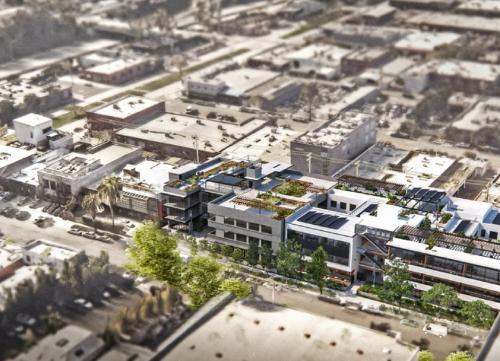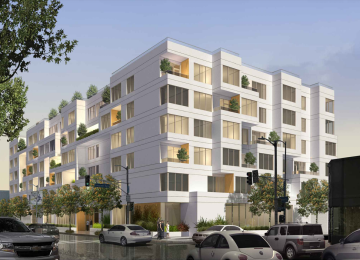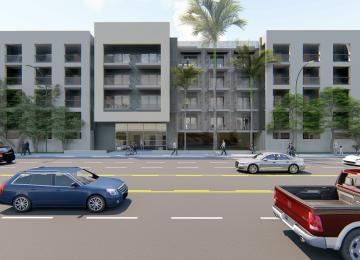California’s housing shortage continues to enrich homeowners and punish renters. A necessary component of any housing policy strategy for California, in addition to tenant protections and subsidies for low-income renters, is a reform of existing restrictions on housing development.
Every eight years, California law requires cities to assess zoning capacities for new housing units at different affordability levels, then, if necessary, increase this capacity to accommodate population growth through rezoning. This process, known as the Regional Housing Needs Assessment (RHNA), determines housing needs for different regions, after which point regional governments allocate housing unit numbers to cities. Recent laws (most notably SB 828 and AB 1771) have reformed the process, which had proven notoriously ineffective at increasing housing in high-demand areas.
On June 3, 2019, the Southern California Association of Governments (SCAG), outlined a draft methodology for the next RHNA cycle covering the years 2021-2029. The Methodology will be officially released July 1 for public review and comment.
The draft methodology outlines two approaches to allocating regional housing needs. Regrettably, one is a continuation of ineffective and inequitable past practices. The other method, however, has promise.
The older, ineffective and inequitable method allows cities to project their own household growth. It avoids broad regional or statewide goals, including equity, environmental sustainability, and social opportunity. Older cities, usually with relatively wealthy populations and limited unoccupied land, can assert little need for additional housing based on low household growth, regardless of their location within the region relative to jobs or other amenities.
This creates the so-called “Beverly Hills loophole.” In the 2013-2021 RHNA cycle, Beverly Hills was required to zone for only 3 housing units. In contrast, lower-income cities located farther from jobs but with more unoccupied land were required to zone for hundreds of units. The city of Imperial, for example, with a smaller land area, half the population, and lower income levels than Beverly Hills, was assigned 1,309 housing units.
Research at UCLA has demonstrated that over the past three RHNA cycles this process has consistently assigned low housing unit need to cities close to job centers with higher income residents and fewer residents of color. Higher housing numbers were given to the faster growing cities farther from jobs. These cities have more undeveloped land, which makes it easier to build housing even though it is not where housing demand is high.
The new approach begins to consider environmental and social goals and is thus a marked improvement. It allocates regional need to cities based in part on city size and also on characteristics that would justify adding more housing. Currently, this means allocating two thirds of housing need based on city size and one third based on high-quality transit access. This addresses goals of fair share and environmental sustainability, as adding housing near public transit allows more people to use public transit.
The methodology can be improved, however, and should be applied to the entire regional RHNA number, not just a portion. Environmental goals might be better addressed by allocating more housing to cities with a higher ratio of jobs to housing, or simply cities proximate to jobs. Additionally, social goals can and should be incorporated to this new methodology by allocating more housing to cities with cleaner air, better schools, more parks, or measures of opportunity. A final change would allocate more housing need to cities with high rents or housing prices because these reflect the high demand for the combination of features people want. This final approach would likely stimulate more overall housing production, because, all else being equal, developers will build more housing in cities with higher rents.
California is beginning to address the misalignment of state housing goals and RHNA implementation, and it is about time. The importance of the methodology used to implement these goals cannot be understated, especially if the state government seeks to use cities’ RHNA numbers as a valid measure of regional housing need. Continuing to allocate RHNA numbers based on cities’ willingness to add housing punishes outlying cities with low-demand and ample open land for being willing to accept ambitious but unrealistic goals.
RHNA numbers must not be determined by the preferred growth rates of cities. They need to be justifiable according to social and environmental objectives, or the entire exercise loses its purpose. The process to develop this methodology is ongoing (a timeline is available here) and public comment can be sent to housing@scag.ca.gov
Paavo Monkkonen is Associate Professor of Urban Planning and Public Policy at the UCLA Luskin School of Public Affairs. He is an ex-oficio member of the SCAG RHNA subcommittee. His email is paavo.monkkonen@ucla.edu and can be found on twitter at @elpaavo.































